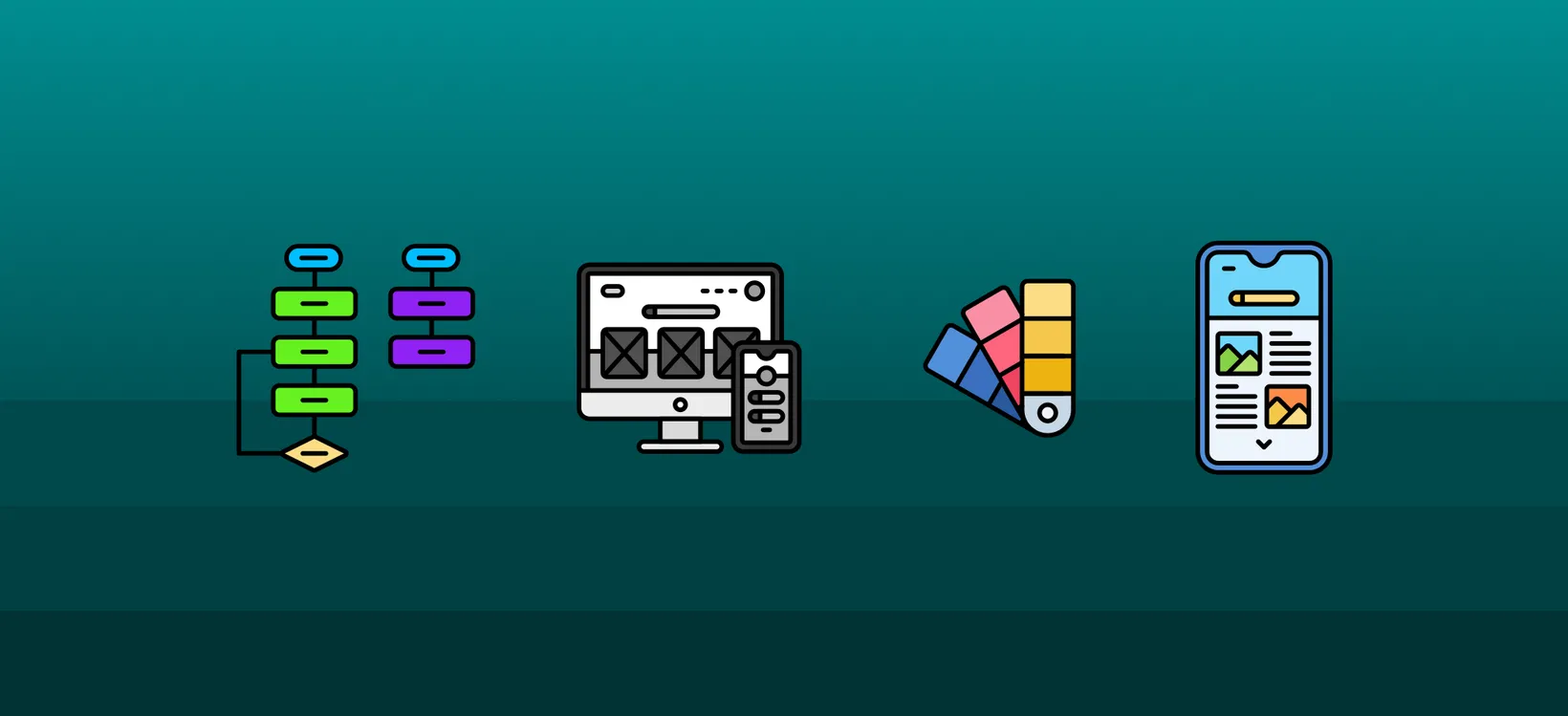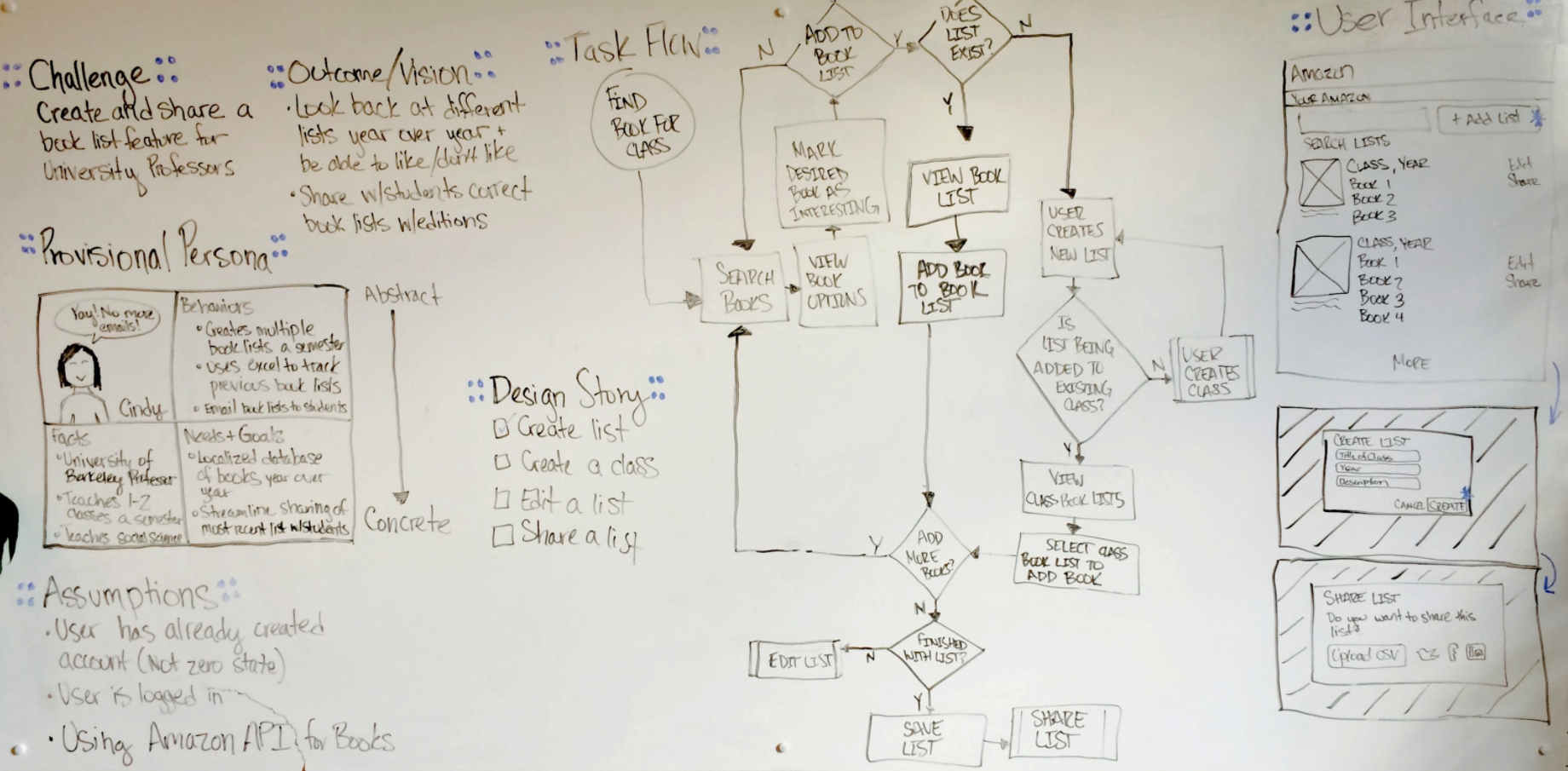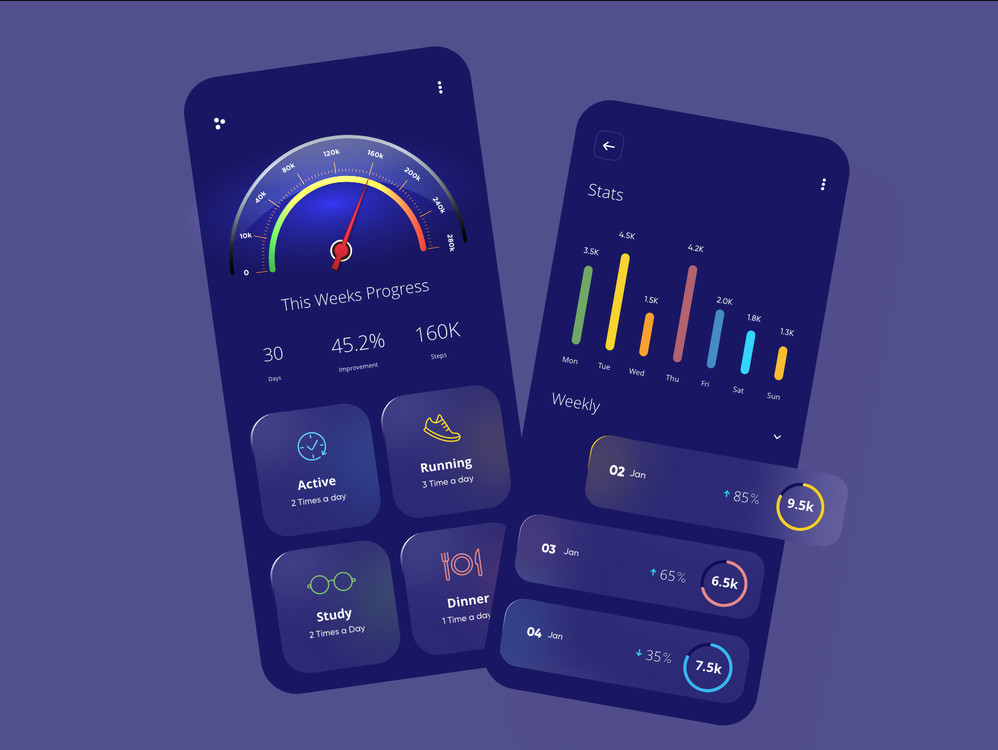Securing inventors for an app begins with investing in yourself. Before you’re ready to pitch the next Uber, do your research and solidify your design.
App users and investors want a killer user experience (UX) and user interface (UI). It’s not uncommon for apps with better design elements to outperform apps with less design that offer the same and/or better things. A study on the business value of design found that:
“The companies in our index that performed best financially understood that design is a top-management issue, and assessed their design performance with the same rigor they used to track revenues and costs.”
Design is critical to the make or break of a new app, and it involves so much more than pretty colors. You need to think about consistency, tone, user experience, and more.
So how do you produce a stellar design? The best way is to hire a team of top-notch designers. However, before you take the leap and hire a team, it’s best to begin thinking critically about strategy and design.
How to Think Big During the Strategy Phase
The strategy is just the first step in the app creation process. This step involves things like:
- Competitive research
- Strategic Planning
- High-level system mapping
Competitive Research
Competitive research is essential to developing your strategy and must be done before any dreamy app sketches can start. To begin competitive research, start by identifying who your main competition is.
Here are six steps that you can take to start your competitive research:
- Identify your main competitors
- Analyze your competitor's online presence
- Gather information about your competitors
- Track your findings
- Check online reviews
- Identify areas for improvement
This research can also help design teams decide how to effectively differentiate your app from competitors, which will be helpful when you move into the next step of Strategic Thinking.
Strategic Planning
Strategic planning does not always come naturally. To help jumpstart the process we recommend organizing a Strategy Workshop. Workshops let you plan, brainstorm and validate how you will reach your objectives. We’re inspired by Google’s Design Sprint methodology. While in the workshop it’s important to keep the following things in mind:
via Molly Inglish
- Look at the bigger picture - The beginning is stressful, and you have to answer so many little questions daily. It’s very easy to get stuck on minor problems. When that happens, take a step back and focus on the bigger picture. Remind yourself what your end goal is and reframe minor problems into simple items that you need to check off a list in order to reach the finish line.
- Confront your fears - Fear of conflict, fear of failure, fear of anything is scary. You need to confront that fear. If you’re constantly afraid that users won’t like a new design feature, then you will stay stuck with the same interface for years, and users will get bored and move on. Now is the time to take risks with design because your competitors will be too.
- Keep an open mind - This one may seem obvious, but it can be difficult to see past your own limitations. You may have a vision for the design of an app that doesn’t translate well for users. You need to think about what will keep users and investors interested.
It’s recommended that you allow your design team an active voice in workshops since their skill-sets are key components of a successful product strategy. Once the app has been discussed from all angles, you can move onto high-level system mapping.
High-level system mapping
Design teams can also help you achieve fully functioning high-level systems mapping. System Maps shows you the components and boundaries of a system and lets you view your app ideas strategically by giving you a visual glimpse of the bigger picture. The information included in the maps can also help to clarify needs and requirements from engineers and designers, creating a well-advised process in the long run. These visuals can be extremely helpful when pitching an app business plan to investors as well. There can be different representations of these system maps, you just have to test which one best fits your needs and thought process.
How to Create a Win-Win Situation with Design Teams
As you know by now, the design is essential to positive UX. Throughout the strategy phase, you should have been dreaming up cool design aesthetics for your app. Well, now it’s time to meet with the professionals. Go into your design meeting with a strategic plan, big ideas, and maybe even a sketch.
Design teams can provide you with high-quality designs but they need to know what tone you’re looking for and who your competition is. That’s why it’s critical that you do preliminary research into your competitors.
Design teams can even help you research further. These professionals understand UX and UI and they can tell you exactly how effective your competitions’ platform is. Well-known brands invest in top tier design teams because the research shows higher profits, improved productivity, and customer satisfaction.
It’s important to go into design meetings with a basic plan and idea. If you’re a visual person, design teams are visual people too! Bring a sketch and a list of focused questions.
Here are three tips on how to get the most out of your design team:
- Offer parameters - Is there a color that’s off-limits, or a font that you really dislike? Tell your team upfront so you don’t waste time on either side.
- Avoid cliches - Nobody is a mind reader, so questions like “can you make it pop more?” aren’t helpful. Try to be specific with your questions and critiques.
- Trust your designer - These are the experts of UX/UI. Trust that they know what they’re doing and that they will provide you with what you need.
It is best to invest in a design team and show them your vision. Design teams know what people want, and they can make a UI that speaks to your audience. Collaborate with your design team to create brand-accurate logos, blueprints, interactive prototypes, and more.
What now?
The strategy and design are the first big hurdles. You have your in-depth plan, detailed information about your competition, and professional branding. Now it’s time to move towards developing, securing investors, and the big launch.
Written by:
Liz Hopta
Looking to turn your big idea into a pitch investors can’t ignore? Let’s talk design strategy.



